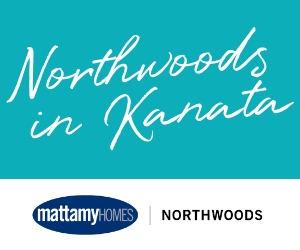Last year, Ottawans spent $2.9 billion on renovations, upgrades, repairs and maintenance of their home.
There are a number of reasons why people decide to renovate (with the side benefit of increasing your home’s value):
- To expand the livable space of a home;
- To improve accessibility and visitability;
- To enhance safety and allow people to stay in their homes longer as they age; and
- To contribute to affordable housing by creating accessory and secondary suites.
We also are seeing more and more people renovating to increase the energy efficiency of their home and reduce operating costs.
Over the past year there have been two important developments in energy-efficient renovations.
First, the Canadian Home Builders’ Association certified the first Net Zero Energy renovation home in Calgary. The home, originally built in 1985, can produce at least as much energy as it consumes on an annual basis, which will become the National Building Code standard for new homes in 2030.
This is also a critical step to showing the viability of deep retrofits on older homes.
Second, the City of Ottawa is considering a Better Homes Loan Program to make it easier and more affordable for homeowners to pay for energy-efficiency improvements that make homes more comfortable, healthy, and resilient to extreme weather, while also helping to meet the city’s greenhouse gas emission reduction targets as part of its Climate Change Master Plan.
The program would essentially allow the cost of the renovation to be amortized over a number of years on your property tax (which could also carry over to the next owner), as opposed to being completely paid for up front by the existing homeowner.
The program will also likely be targeted to older homes. This is important as the energy performance of a home built today is 37 per cent better than a home built in 1990. And approximately 230,000 of our 400,000 existing homes across the city were built before 1990.
Of course, this kind of deep retrofit goes beyond replacing leaky doors and windows and upgrading furnaces. For some homes it’s going to mean addressing the building envelope or adding exterior insulation.

The first step to any renovation is to get an energy audit. A qualified energy audit professional will give you a report that explains how well your house currently performs and a list of specific steps that can be taken to increase performance.
You can choose to do some or all of the recommended actions, but it takes the guesswork out of upgrading an older home. You’ll also know exactly where your deficiencies lie when it comes time to sell your home.
For our part, the Greater Ottawa Home Builders’ Association supports the federal government expanding the EnerGuide Rating System to require an energy performance measurement for every home. We are also recommending the return of the home energy retrofit tax credit with both the provincial and federal governments to encourage homeowners to complete energy-efficiency-related renovations.
We look forward to continuing to work with the city on the Better Homes Loan Program and other initiatives to make our existing homes more comfortable, healthy and more affordable to operate.






